With the melting of snow this breakup season, residents and visitors will start to see an influx of dog waste EVERYWHERE in Fairbanks! What’s with all the dog poop and bags?
Does your walk routine with your furry best friend look similar to this?

- Grab poop bag.
- Walk dog, dog poops.
- Pick up poop in bag.
- Leave fully loaded bag on ground because you’ll remember to grab it on the way back to throw out.
- Get back to car and realize that you forgot the fully loaded poop bag on the ground back on the trail. Uh oh!
We’ve learned that there’s often no malice behind leaving poop bags on the ground. Many of us have our hands full while walking our pets, so we decide to leave the bags on the trail and grab them on our way back. And then, as we’re thinking about getting to work, hurrying home to make food, or picking up our kids…we forget to grab the poop bag! Over time, these lapses can have bad consequences for our natural spaces.
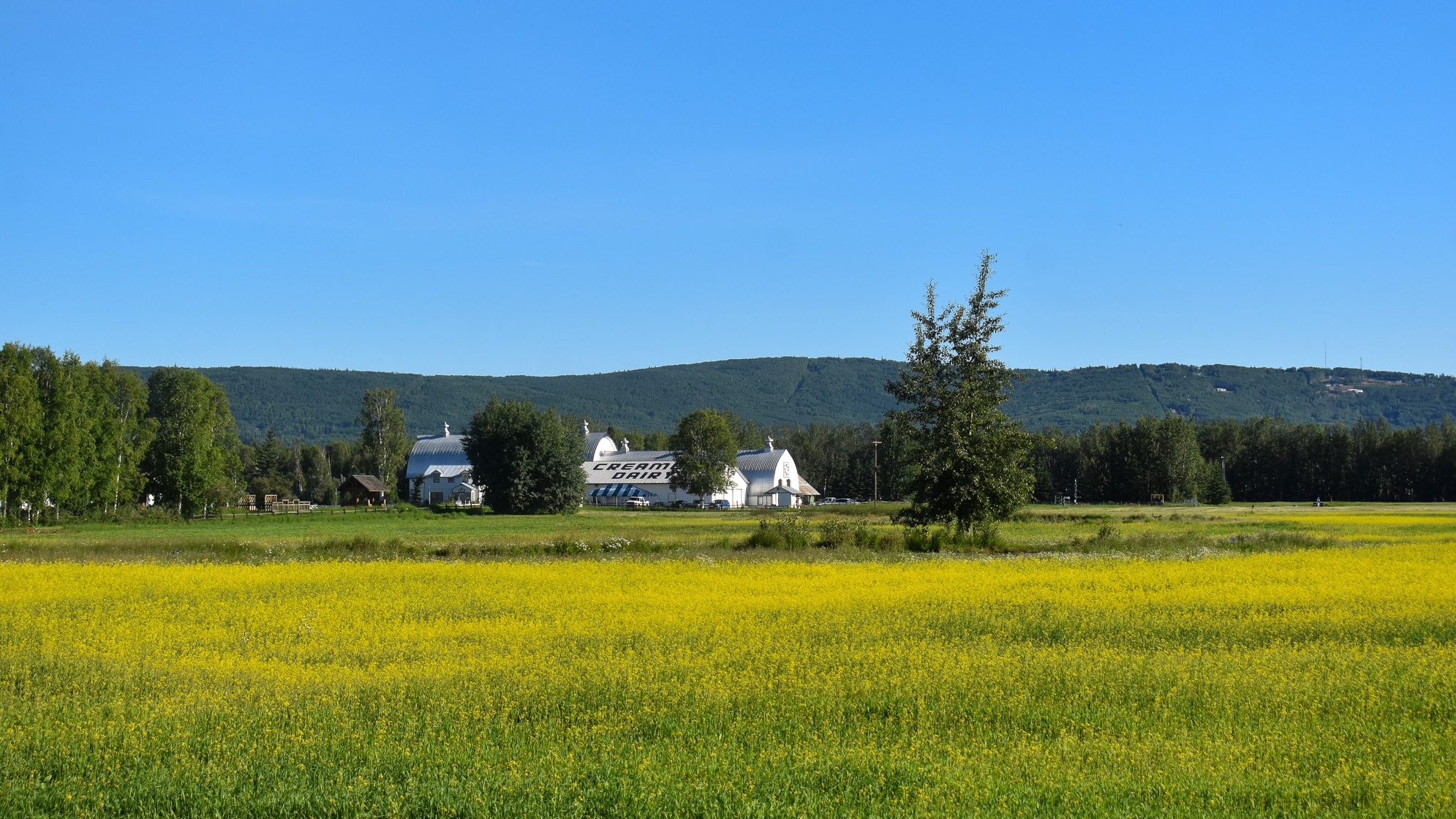
Creamer’s Field Migratory Waterfowl Refuge is a unique gem to the Fairbanks area due to its diverse habitats and abundant seasonal wildlife. Creamer’s Field is a state wildlife refuge managed by the Alaska Department of Fish and Game. The Refuge was designed and exists to serve as a space for diverse habitats and wildlife to thrive here in Interior Alaska.
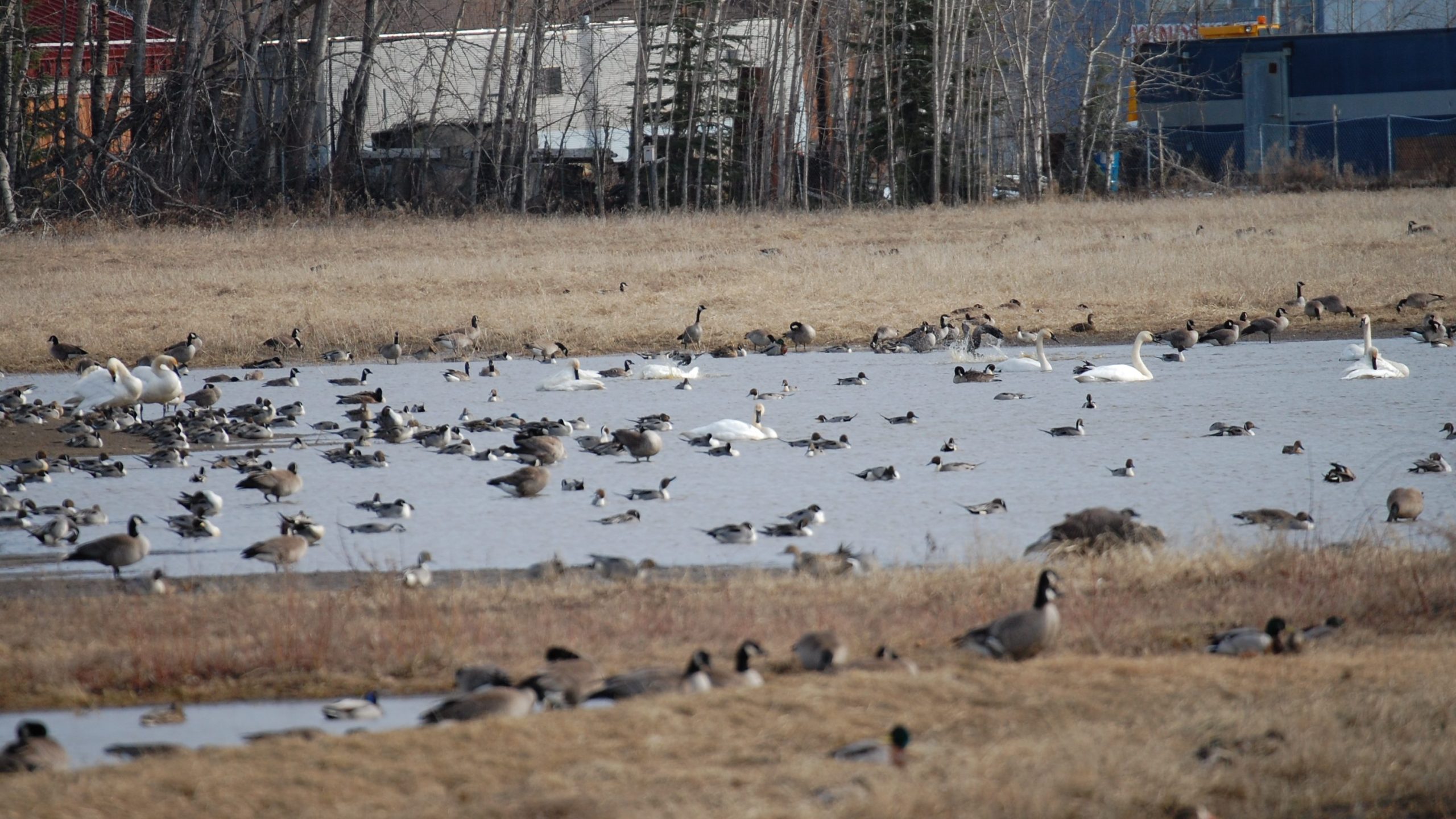
There are recreational aspects to the refuge in the form of wildlife viewing, educational programs, events, public nature trails, and public picnic areas located near the barn complex in the warmer months. And in the wintertime, ski trails are groomed and maintained in the fields for public use and visitors can access the Farmhouse Visitor Center. There are also areas to hunt during specific times of the year on the refuge away from public nature trails. The income from the federal excise tax on hunting license and hunting equipment provides continual funding to maintain Alaskan wildlife refuges!
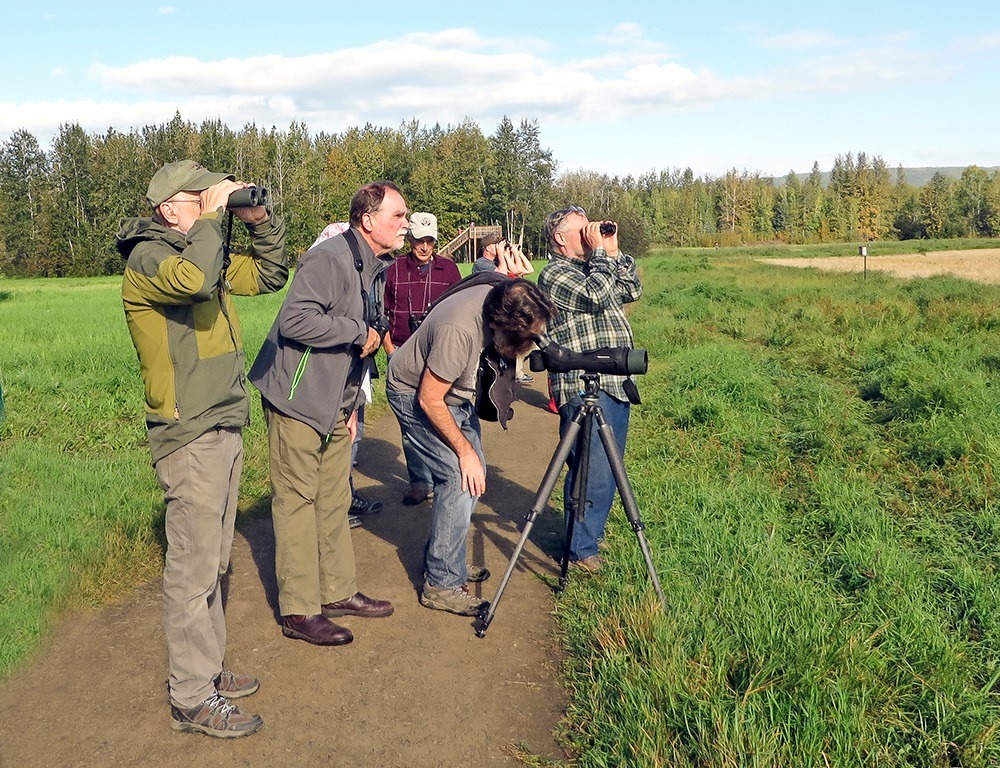
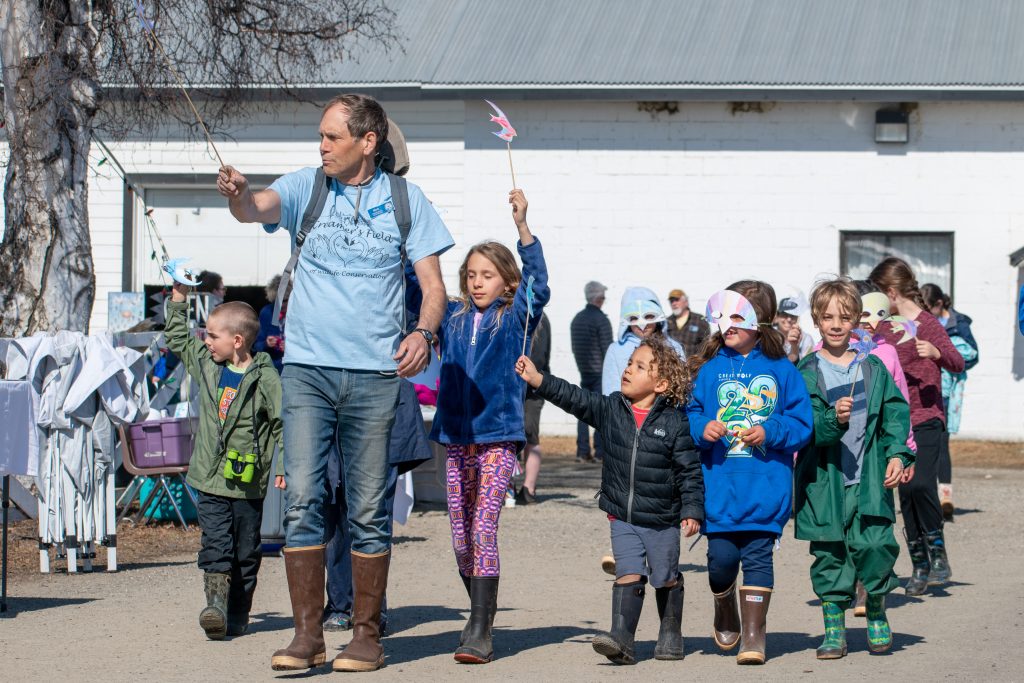

However, once the snow melts away, the trails remain open but the vast fields close to the public to make way for the influx of returning migratory birds. Creamer’s Field is essential here in the Interior because the wildlife refuge diverts many of the thousands of migratory birds away from the Fairbanks International Airport, Fort Wainwright, and Eielson Air Force Base, where bird strikes could cause damage or accidents.
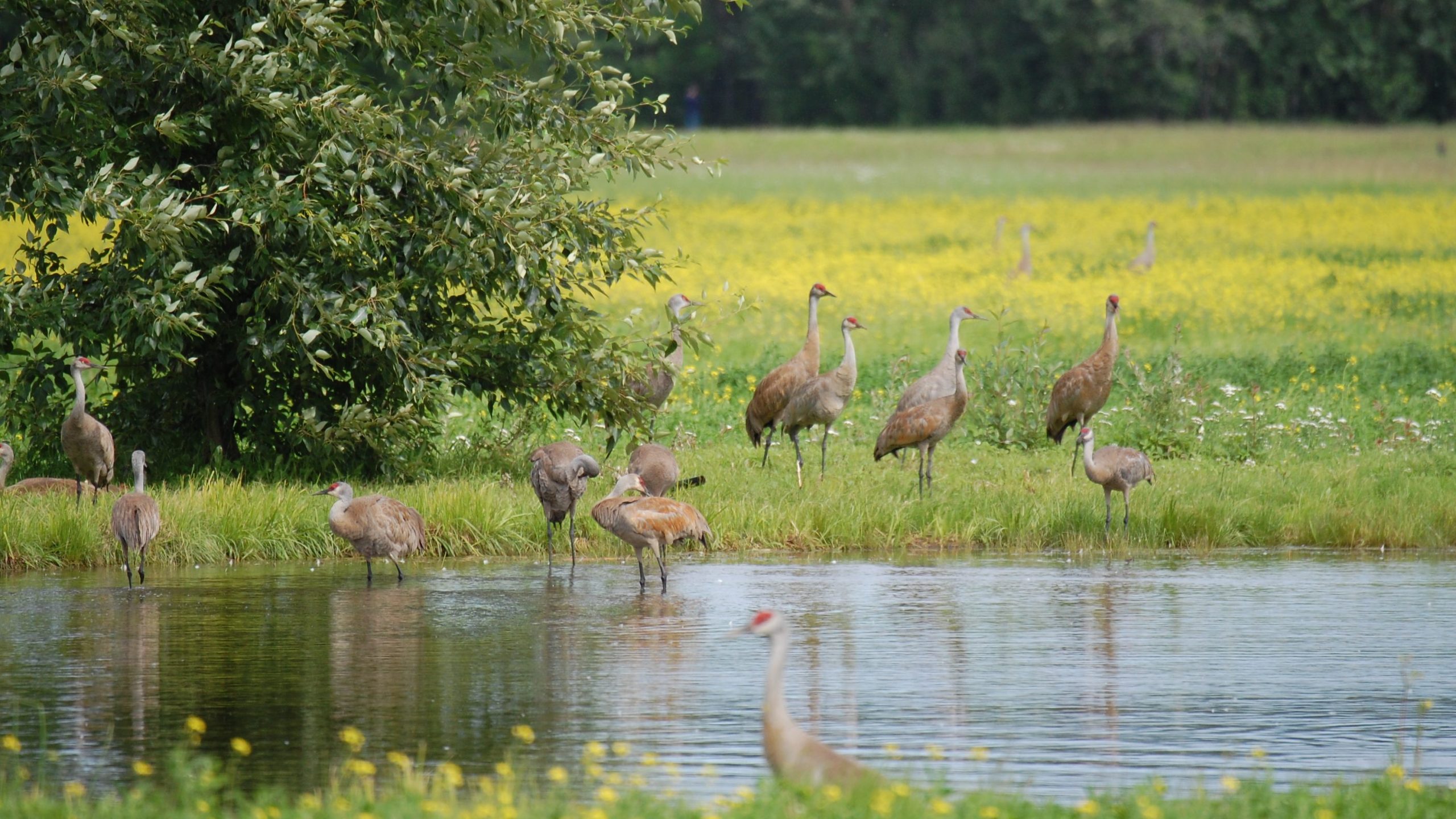
Creamer’s Field is also unique because the public has the privilege of bringing their dogs to walk the trails with them at the refuge. Dogs are allowed on the trails as long as they are kept on a leash to keep them from running after or harassing wildlife, people, or other dogs. Failure to restrain your dog could result in injury or death of wildlife and possible reprimand from law enforcement.
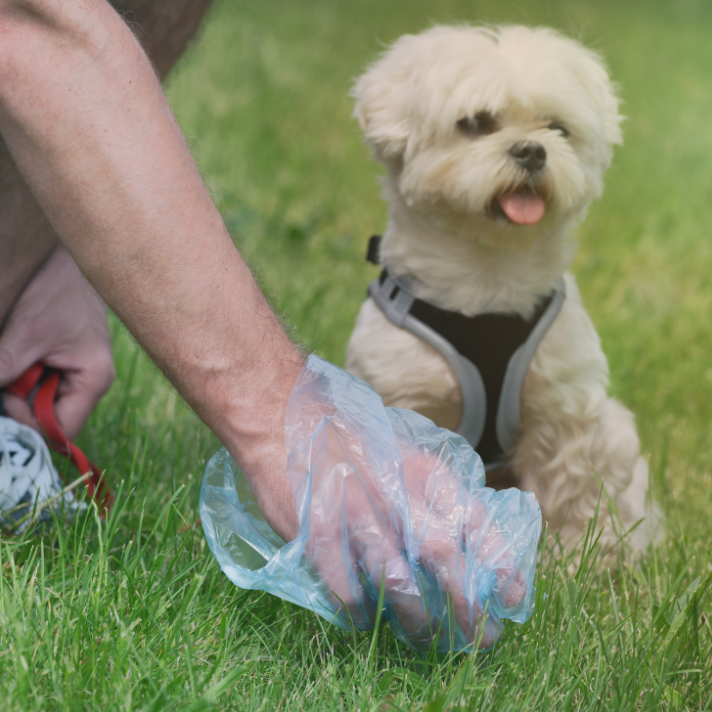
The increased dog use at the refuge also comes with an unfortunate amount of dog waste. The Friends of Creamer’s Field provides brightly colored dog waste bags at the main trailhead and there are trash cans outside the refuge bathrooms for waste disposal.
In places where dog poop is deposited and bags abandoned, we can unfortunately create a new social norm, indicating that it’s okay to leave dog poop bags on the ground. A new dog owner or someone new to the area might see the bags and decide that this is a common and accepted practice. This behavior leads to more waste left on the refuge. And bags that are touted to be “biodegradable” can lead people to think that it’s okay to leave them on the ground when in reality, it can still take years for these bags to break down.
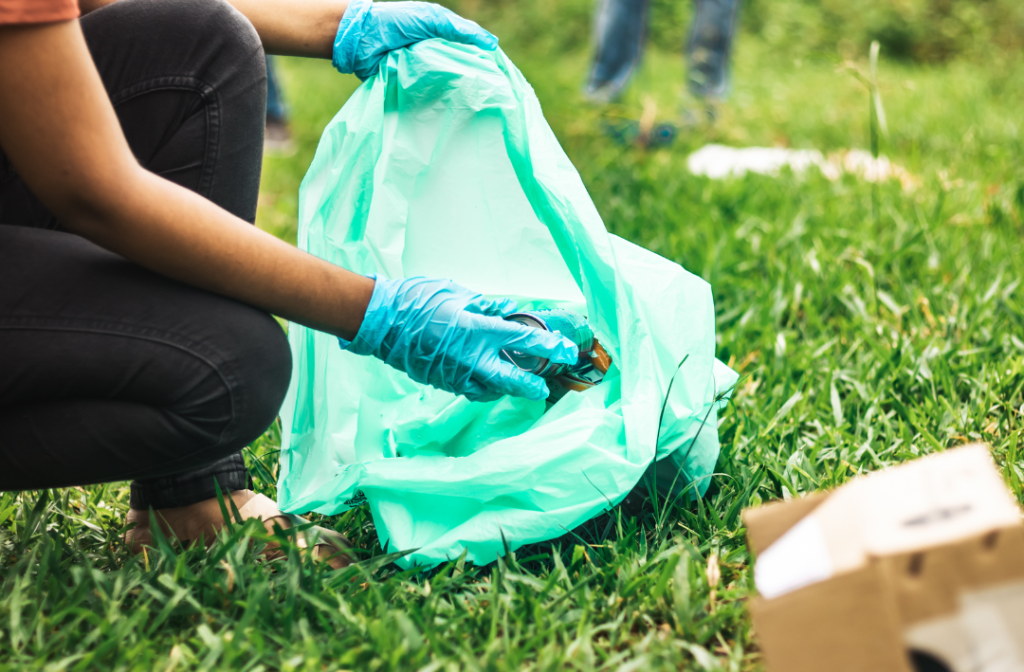
Unfortunately, we don’t have a “Dog Poop Fairy” at the refuge to wave their wand and make the dog poop vanish. While we do have a few dedicated volunteers who trail rove to pick up trash, they can’t be on all the trails all day, every day, and all year long. It’s up to us as a community to practice safe and responsible waste disposal here on the refuge so everyone can enjoy the space!
What about if you fail to grab a poop bag and leave your furry friend’s waste on the ground? No harm done, right? It’ll just break down like wild animal poop?

Not so fast, because the makeup of dog waste and wild animal waste is very different!
- Because we feed our dogs food that’s different from the food wild animals eat, dog waste does not biodegrade quickly like wild animal waste. The excess nutrients added to dog food can add more of these nutrients like nitrogen and phosphorus to the environment.
- Dog waste also can contain harmful organisms like E coli, Giardia, Salmonella, roundworms, hookworms, and Cryptosporidium. These can be passed on to people, their pets, and wildlife and may cause health problems.
- Bacteria in dog waste can harm water quality in creeks, rivers, ponds, and wetlands. The waste can alter the ecosystems of these water corridors and cause more health problems in those that frequent those areas.
- And lastly, picking up your dog’s poop keeps people from stepping in it and dogs from sniffing (or, if we’re being honest, eating) it.
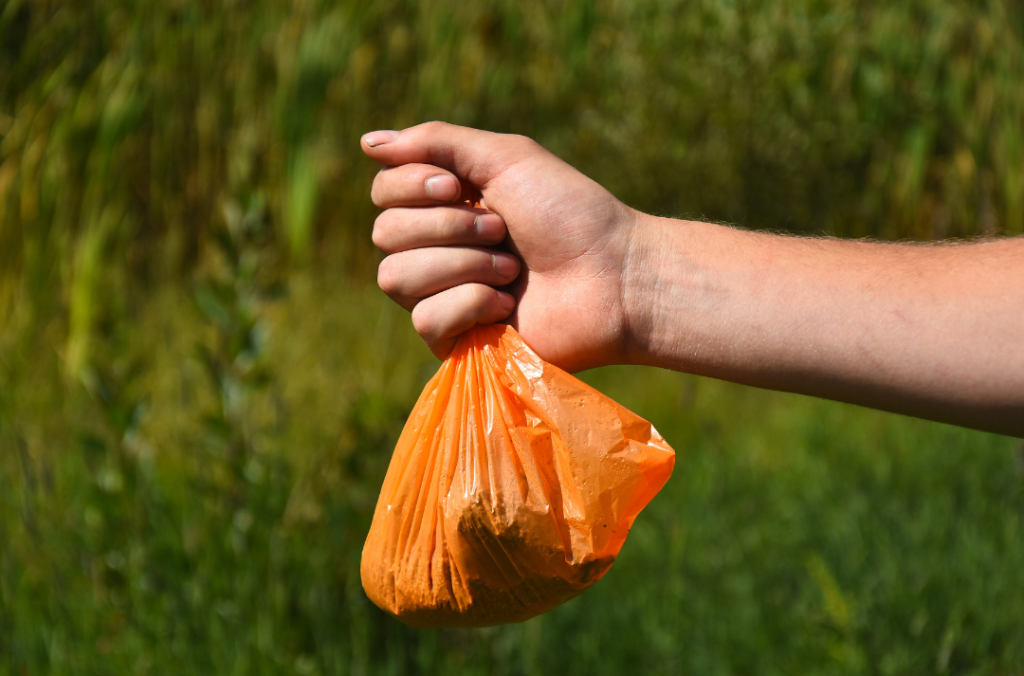
While throwing bagged poop away for it to end up in a landfill is not a perfect solution, the ecological ramifications of dog waste in public spaces are much greater. The average dog deposits about ¾ pounds of dog poop daily, which adds up to 270 pounds of poop a year. In Fairbanks and Anchorage alone, an estimated 20 million pounds of dog waste is produced annually!
Visitors are free to bring their leashed dogs to walk with them on the refuge at all times of the year! Until we find a Dog Poop Fairy for Creamer’s Field, let’s all work together to keep Creamer’s Field and other local spaces clean and safe for all people and wildlife! See you on the trails!
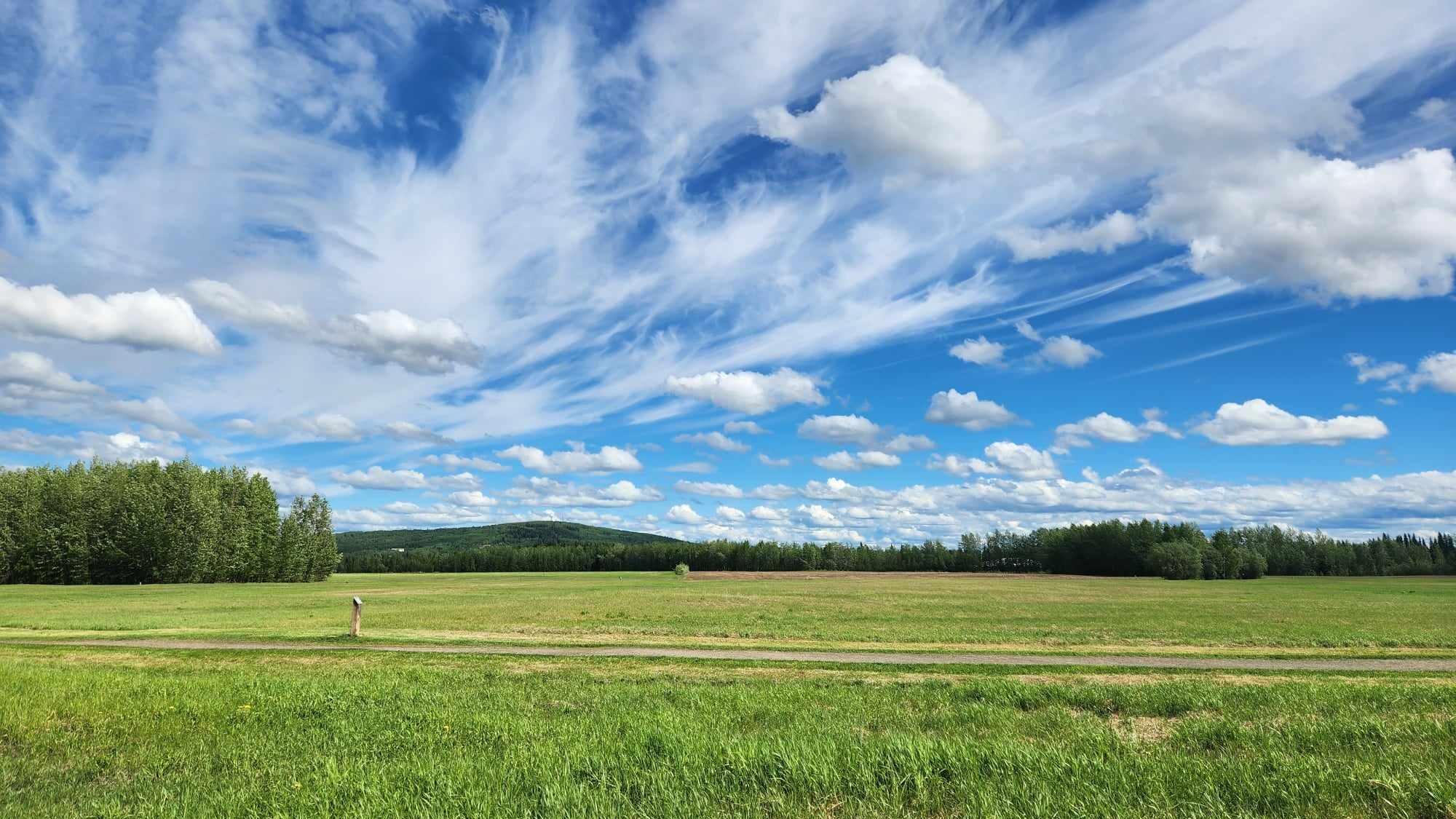
Resources:
- Alkaitis, Susy. “What’s With All the Dog Poop Bags?” Leave No Trace, 19 Mar. 2019, lnt.org/whats-with-all-the-dog-poop-bags/. Accessed 27 Mar. 2024.
- “Ch. 22.28 Unlawful Acts.” Fairbanks North Star Borough Code, fnsb.borough.codes/FNSBC/22.28. Accessed 27 Mar. 2024.
- “Creamer’s Field Migratory Waterfowl Refuge – Area Overview” Alaska Department of Fish and Game, https://www.adfg.alaska.gov/index.cfm?adfg=creamersfield.main: Accessed 27 Mar. 2024.
- “Myth of the Poop Fairy.” Myth of the Poop Fairy | Jefferson County, www.jeffco.us/416/Myth-of-the-Poop-Fairy. Accessed 27 Mar. 2024.
Information and photos compiled by Melanie Graeff, the Programs & Events Coordinator with the Friends of Creamer’s Field.

